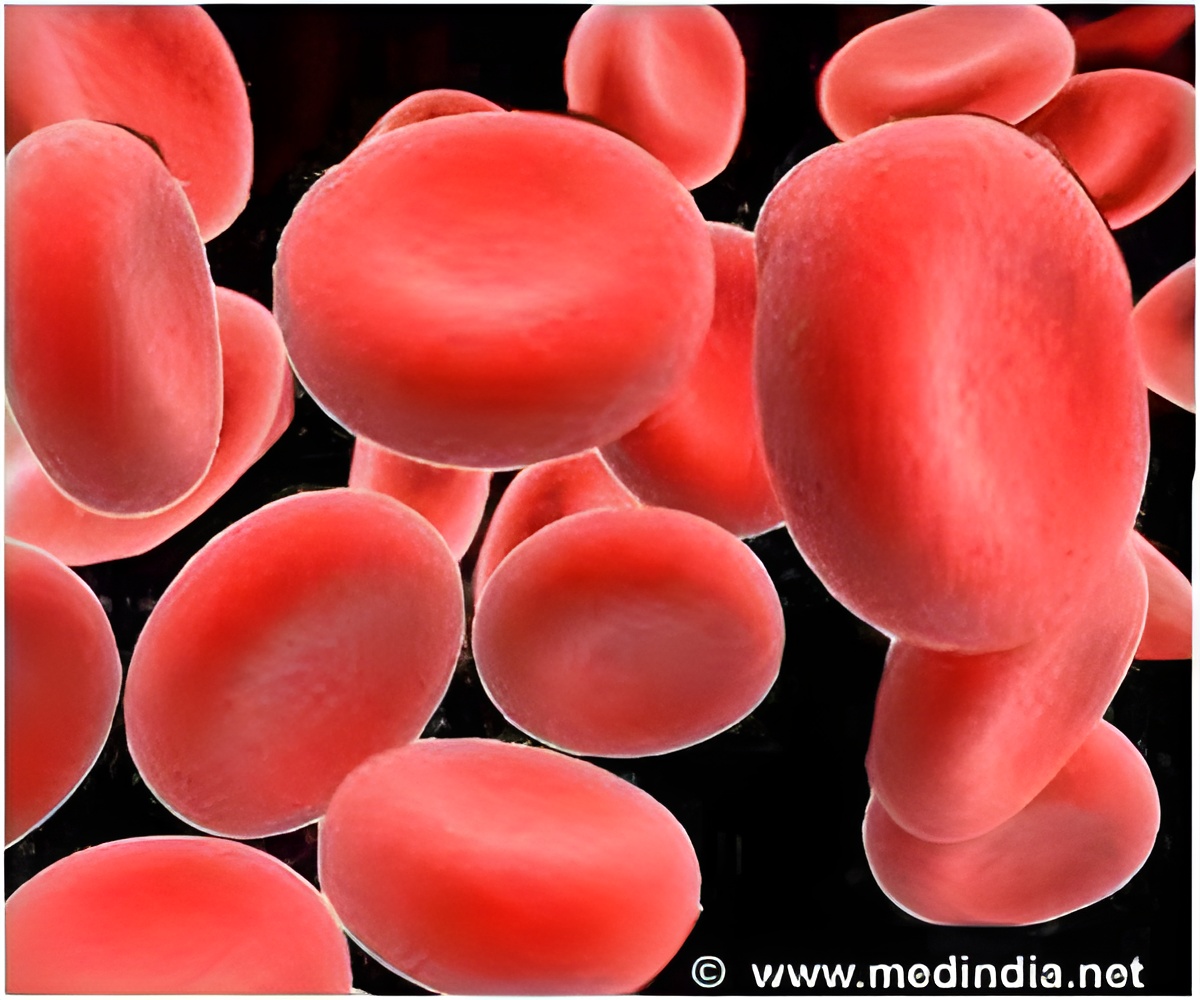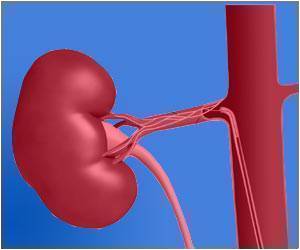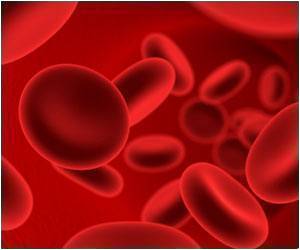
To make this advance, scientists used two different groups of cells to make tissue-engineered blood vessels. In the first group, the cells were labeled with the MRI contrast agent. In the second group, the cells were normal and did not have an MRI label. Cells from each group were then used to create separate laboratory-engineered blood vessels, which were implanted into mice. The purpose was to see whether the laboratory-engineered blood vessels made from cells that were labeled with the contrast agent would indeed be visible on MRI and to make sure that the addition of the contrast agent did not negatively affect the cells or the function of the laboratory-engineered vessels. Researchers imaged the mice with MRI and found that it was possible to track the cells labeled with contrast agent, but not possible to track the cells that were not labeled. This suggests that using MRI and cellular contrast agents to study cellular changes in the tissue-engineered blood vessels after they are implanted is an effective way to monitor these types of vessels.
"This is great news for patients with congenital heart defects, who have to undergo tissue grafting, but that's only the tip of the scalpel," said Gerald Weissmann, M.D., Editor-in-Chief of the FASEB Journal. "As we progress toward an era of personalized medicine—where patients' own tissues and cells will be re-engineered into replacement organs and treatments—we will need noninvasive ways to monitor what happens inside the body in real time. This technique fulfills another promise of nanobiology."
Source-Eurekalert













